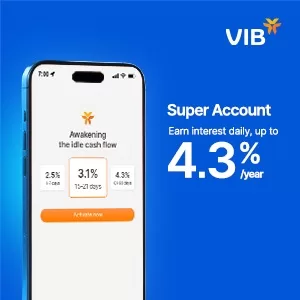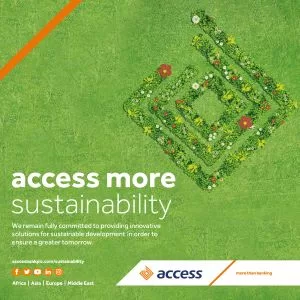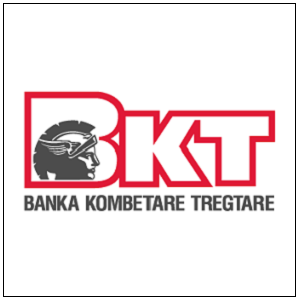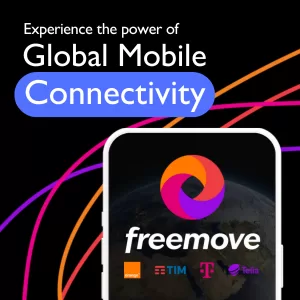Travel
Uber and WeRide Set Sights on 15 Cities in High-Stakes Robotaxi Push
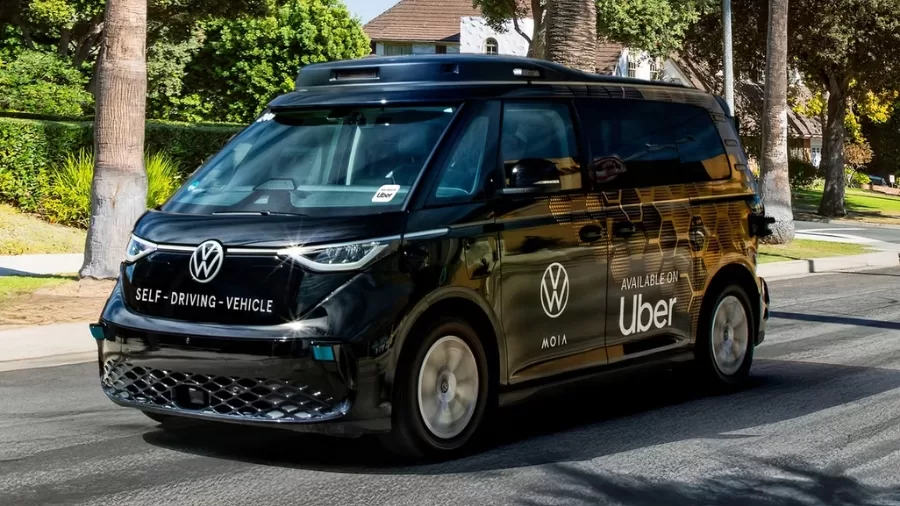
- Uber and WeRide are expanding robotaxi services beyond China and the U.S., with operations in Abu Dhabi and plans for Dubai hinting at broader international growth. Uber eyes Europe from 2026; WeRide holds driverless permits in France and the UAE.
- Dubai targets 25% autonomous transport by 2030 (RTA). Europe continues AV trials, though full rollout timelines vary.
Uber and Chinese autonomous driving company WeRide are preparing to launch robotaxi services in 15 new cities. This marks a major shift in the global mobility landscape.
The two companies started working together in Abu Dhabi. After a successful commercial pilot, they’re now eyeing a broader rollout, starting with Dubai and expanding into Europe and the Middle East.
The partnership is built on a clear division of responsibilities:
- WeRide supplies the autonomous vehicle technology.
- Uber integrates the service into its ride-hailing platform.
This structure allows both companies to focus on what they do best. Uber brings global reach and a massive user base. WeRide brings years of experience with Level 4 self-driving systems.
Why This Move Matters
The timing of this expansion matters. Ride-hailing markets are maturing. Operating costs remain high. And regulators in many countries are becoming more open to autonomous vehicles.
By entering cities beyond China and the US, Uber and WeRide are moving into relatively open terrain. The competition is lower. Infrastructure is often more adaptable. And government support in places like the UAE is helping to accelerate deployment.
Here’s what else stands out:
- This is not a test. It’s a commercial rollout.
- The focus is on real riders, not just technology demos.
- Each city will be carefully selected for regulatory and technical readiness.
Dubai Is Next
WeRide robotaxis have already started operations in Abu Dhabi through the Uber app. Dubai is next in line.
Dubai aims to have a quarter of all transportation be autonomous by 2030. This fits perfectly with the city’s smart mobility strategy. Roads are newer, more structured, and well-mapped—ideal conditions for autonomous systems.
Users in Dubai will soon be able to book a WeRide vehicle through the Uber app, without needing to do anything differently, though no specific launch date has been confirmed. Just request a ride, and the system does the rest.
What Cities Are Likely to Follow?
While Uber and WeRide haven’t named the remaining cities, several clues point to the likely next wave. Cities must meet certain criteria:
- A supportive regulatory framework
- Modern road infrastructure
- High smartphone usage
- Dense, urban environments
Based on these conditions, potential launch locations could include:
- London
- Paris
- Amsterdam
- Berlin
- Riyadh
- Tel Aviv
- Doha
- Madrid
- Helsinki
Each of these cities has already shown interest in autonomous vehicle trials or smart transport systems. Their populations are tech-savvy, and many have clear government-led digital transformation goals.
What’s in It for Uber?
Uber is no longer in the business of building its own AVs. It sold off its self-driving unit in 2020. Instead, it’s choosing to act as a platform.
This new strategy lets Uber do what it does best—connect people to transport—without taking on the cost or complexity of AV development.
The result is a flexible, scalable model where different AV providers can plug into Uber’s system in different cities.
Uber’s “multi-partner approach” also creates resilience. If one AV partner slows down or fails, another can step in.
What’s in It for WeRide?
For WeRide, this is a major global leap.
WeRide has already launched commercial robotaxi services in several Chinese cities. But expanding beyond China offers bigger market opportunities.
Through Uber, WeRide gains immediate access to a trusted platform with millions of users. It doesn’t need to build customer acquisition channels from scratch. It can scale faster and gather real-world data in new environments.
This partnership with Uber may also help WeRide secure regulatory trust outside of China—an essential step in the international AV race.
Are Riders Ready?
While the technology is advancing quickly, public trust in AVs still lags.
Surveys show that a majority of people are still uncomfortable with the idea of riding in a driverless car. Safety is the top concern, followed by system errors and lack of human oversight.
That means Uber and WeRide will need to do more than just deploy vehicles. They’ll need to build transparency into every ride.
This could include:
- Clear labels in the app when a ride is autonomous
- Real-time monitoring from remote operators
- Feedback mechanisms for riders
- Visible safety metrics and ride histories
If these systems feel reliable and transparent, trust will grow.
What About Human Drivers?
Uber has said that human drivers will remain central to its platform.
That’s true for now. But over time, as AV technology improves and regulations loosen, the shift will be inevitable in some markets.
In cities where robotaxis are introduced, drivers may see lower demand. That raises new questions:
- Will Uber offer new job paths for affected drivers?
- Will governments support training for AV monitoring roles?
- Will cities mandate a blend of AVs and human drivers?
These are questions for policymakers, not just tech companies.
The Road Ahead
The Uber-WeRide partnership is structured for scale. The rollout over the next five years is part of a larger shift in how urban transport is being reimagined.
If successful, this could:
- Reduce costs for riders
- Improve fleet consistency and coverage.
- Reduce traffic incidents through precision driving
But success will depend on more than technology. It will require
- Transparent communication with users
- Proactive collaboration with local governments
- Real-time responsiveness to safety issues
The robotaxi race is no longer about who can build the best system in a lab. It’s about who can deploy safely, reliably, and at scale where people live.
Final Thought
If you open the Uber app in a few years, your next ride might arrive without a driver. You’ll step in, scan a display, and be on your way.
This future is arriving—not all at once, but city by city. And the decisions made now—by companies, governments, and riders like you—will shape how that future feels.















